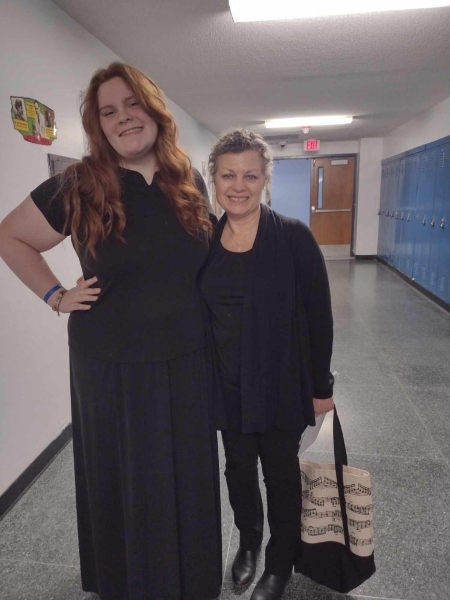Students should arm themselves with a flu vaccine, CDC says
Influenza season is beginning, with the typical season starting in October and lasting through May.
An annual dose of the flu vaccine is the best way to prepare for the season.
More than 170 million doses of the vaccine are expected to be produced this year. Vaccines become available as early as July and continue through October until all of the vaccine is administered.
According to flu.gov, approximately five to 20 percent of people in the United States get the flu each year.
The Centers for Disease Control and Prevention recommends people get the vaccine as soon as it is available, but as long as the flu virus is circulating in a community, it is not too late to receive the shot.
If one is afraid of needles, there are other options for the vaccine like nasal spray and even a needle-free injection.
Last year’s flu season was especially rough as a new Type A strain came about after the vaccines were already created, rendering the vaccines less effective than usual.
This year’s vaccine contains protection against that strain, along with other strains that specialists think ares likely to spread.
Vaccines can either be quadrivalent, which means they provide protection against two strains of influenza A viruses and two of influenza B, or trivalent vaccines, which grant protection against an H1N1 virus, a H3N2 virus, and one B virus. For the best protection, it is recommended for one to get the quadrivalent vaccine because of the more broad protection with the second B virus.
Fewer than half of Americans receive their flu vaccine each year, according to the CDC, with the most common ages 18-49 skipping out on it.
Senior citizens 65 and older and children — especially those 2 and younger — along with people with chronic health conditions are most susceptible to getting the flu virus.
Vaccines are available at many doctors’ offices, pharmacies, health clinics, and sometimes even schools. They may be free for those who have health insurance.
Along with getting vaccinated, one should make sure they take every day actions to prevent themselves from coming in contact with flu viruses, such as staying away from sick people and washing hands frequently, especially before eating.
The virus can be spread through the sneeze, cough, or spit of an infected person, or simply through touching a surface or object that has been in contact with the virus and then touching your eyes, mouth, or nose.
Student opinion on flu vaccines vary.
Senior Santana Carrasco gets her flu shot each year.
“I’ve been getting my flu shots for my whole life,” Carrasco said. “I get them every year because they prevent me from getting sick.”
Junior Wiliam Spielmaker makes sure to get his shots to arm himself against the virus.
“I get them (the vaccine) because every year when school starts there’s always a massive outbreak of the common cold, so I vaccinate myself so that way it never gets worse than that,” Spielmaker said.
While many students receive their shots, there are still students that do not get them.
Senior Alysa Figgins is one of those students.
“I don’t get my flu shots because my dad doesn’t really think about it,” Figgins said. “He says some kids die from it (the vaccine) and he doesn’t want that to happen to my brother and me.”
An odd thing is the reason some students don’t get their vaccines is because their parents don’t let them.
Senior Claire Zuwala said, “My mom doesn’t let me get my flu shots because it didn’t work for her when she was a kid, and she just doesn’t see the point in it.”
According to the CDC, prevention is the best medicine.
The CDC’s website said, “The single best way to protect against the flu is to get vaccinated each year.”

Class: Senior
Extracurricular Activities: Drama Club, Thespian Society, National Honor Society
Sports: Soccer
Hobbies/Interests: Reading, Writing,...











